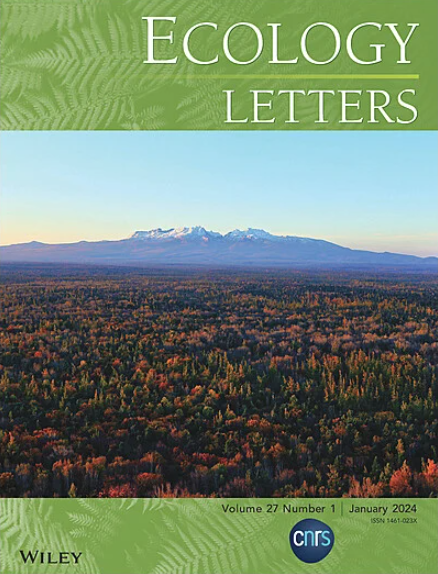Avian Dispersal Ability Shapes Species–Area Relationships on Islands Worldwide
Abstract
Island biogeography theory provides key insights into biodiversity patterns across islands species–area relationships and conservation. However, classical island biogeography theory assumes that species are ecologically equivalent in terms of their dispersal ability. We evaluated the role of a key trait (hand-wing index, a proxy for dispersal ability in birds) in shaping species-area relationships of avifauna spanning 6706 species on 3894 islands. High community-weighted mean (CWM) dispersal ability in regional species pools had widespread but context-dependent effects on island species-area relationships. Among island archipelagos at smaller spatial extents, high CWM dispersal ability was associated with steeper species-area relationships. Among zoogeographical realms at larger spatial extents high CWM dispersal ability was associated with shallower species-area relationships and higher local species richness on small islands. Our study reveals that geographic variation in species' dispersal traits has strong effects on island species-area relationships and likely plays an important role in non-neutral community assembly.



 求助内容:
求助内容: 应助结果提醒方式:
应助结果提醒方式:


